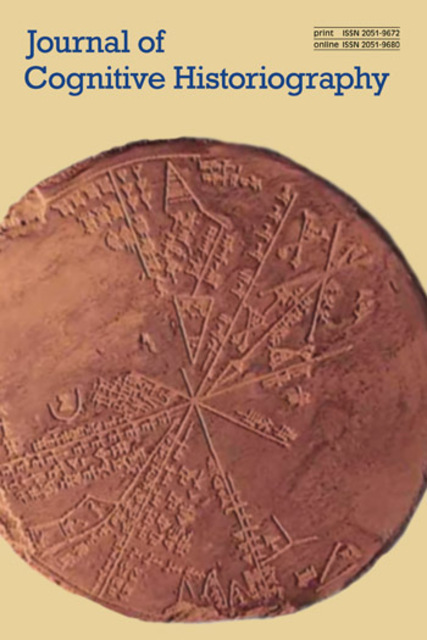Ritual Mourning in Daniel’s Interpretation of Jeremiah’s Prophecy

Full description
This essay examines the biblical passage of Daniel 9 in light of the second chapter of Patrick McNamara’s book the Neuroscience of Religious Experience (2009). This biblical text is one in which Daniel performs funerary rites and prayers, acts that generate a visionary experience of an angel who reveals to him a revised interpretation of Jeremiah’s prophecy concerning the seventy-year duration of the exile. The author proposes that the experience of grief aroused by the ritualized mourning and the performance of prayer elements that emphasize petition and confession of sin, succeeds in layering experiences of self-diminishment. Ruminative behavior that characterizes grief is understood as an imaginative practice (Boyer 2009) that makes present a deity who would have been otherwise obscured given the political circumstances of the second-century historical context of the Book of Daniel and allows for the adaptive modification of Jeremiah’s prestigious prophecy by a much later second-century community.
- typeImage
- created on
- file formatjpeg
- file size76 KB
- container titleJournal of Cognitive Historiography
- creatorAngela Kim Harkins
- issnISSN 2051-9680 (online)
- issue2.1
- publisherEquinox Publishing Ltd.
- publisher placeSheffield, United Kingdom
- doi
We use cookies to analyze our traffic. Please decide if you are willing to accept cookies from our website. You can change this setting anytime in Privacy Settings.
